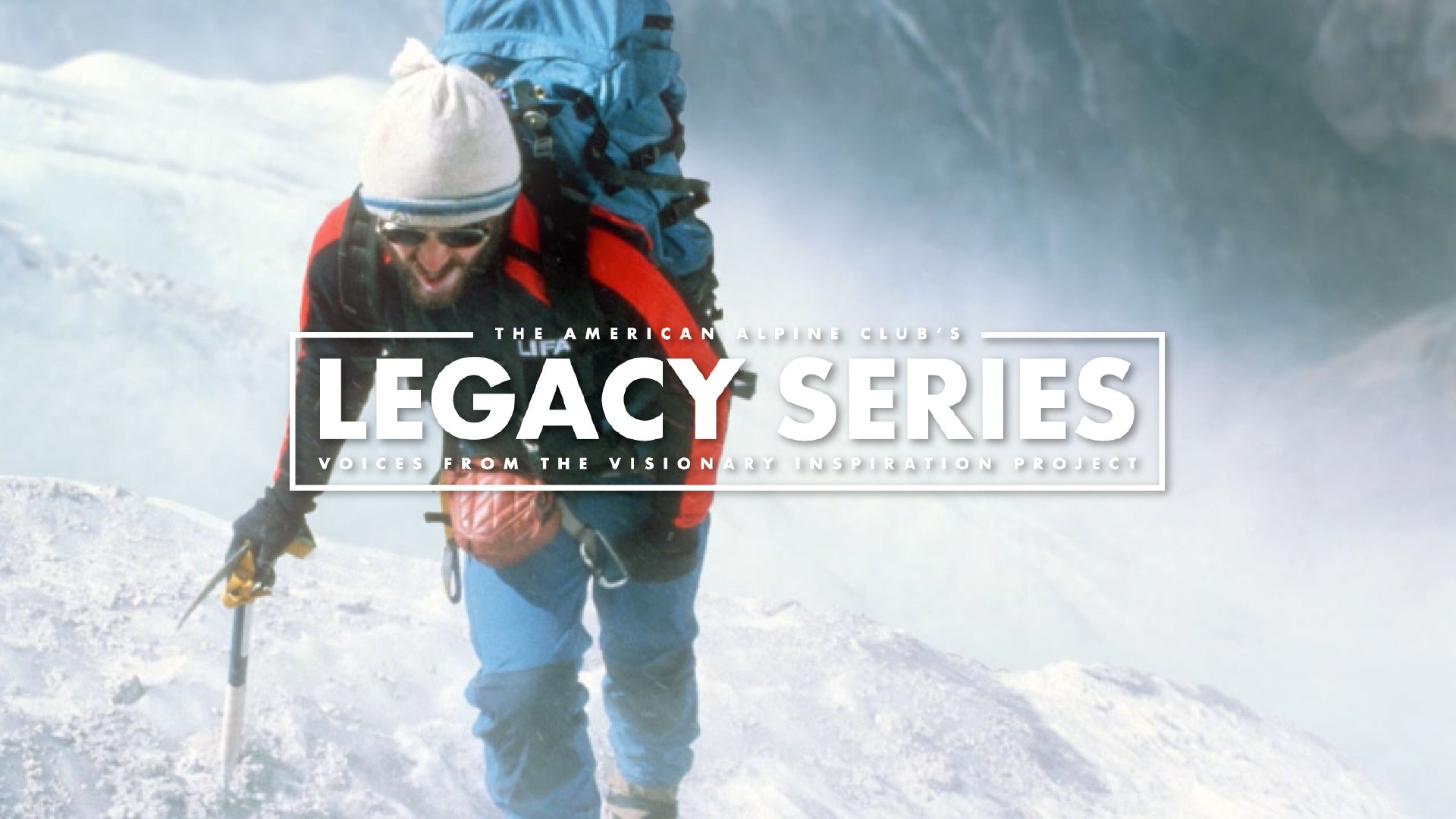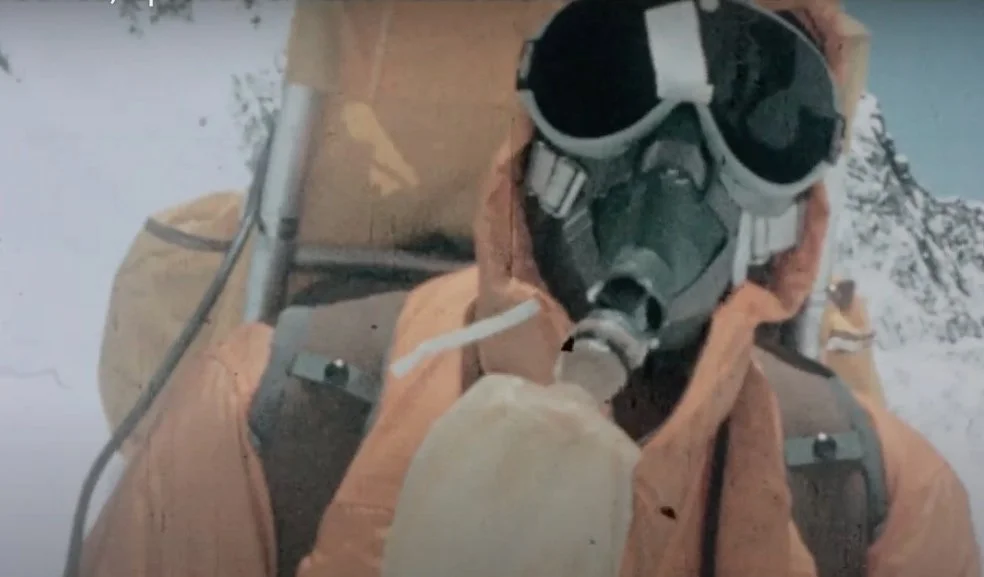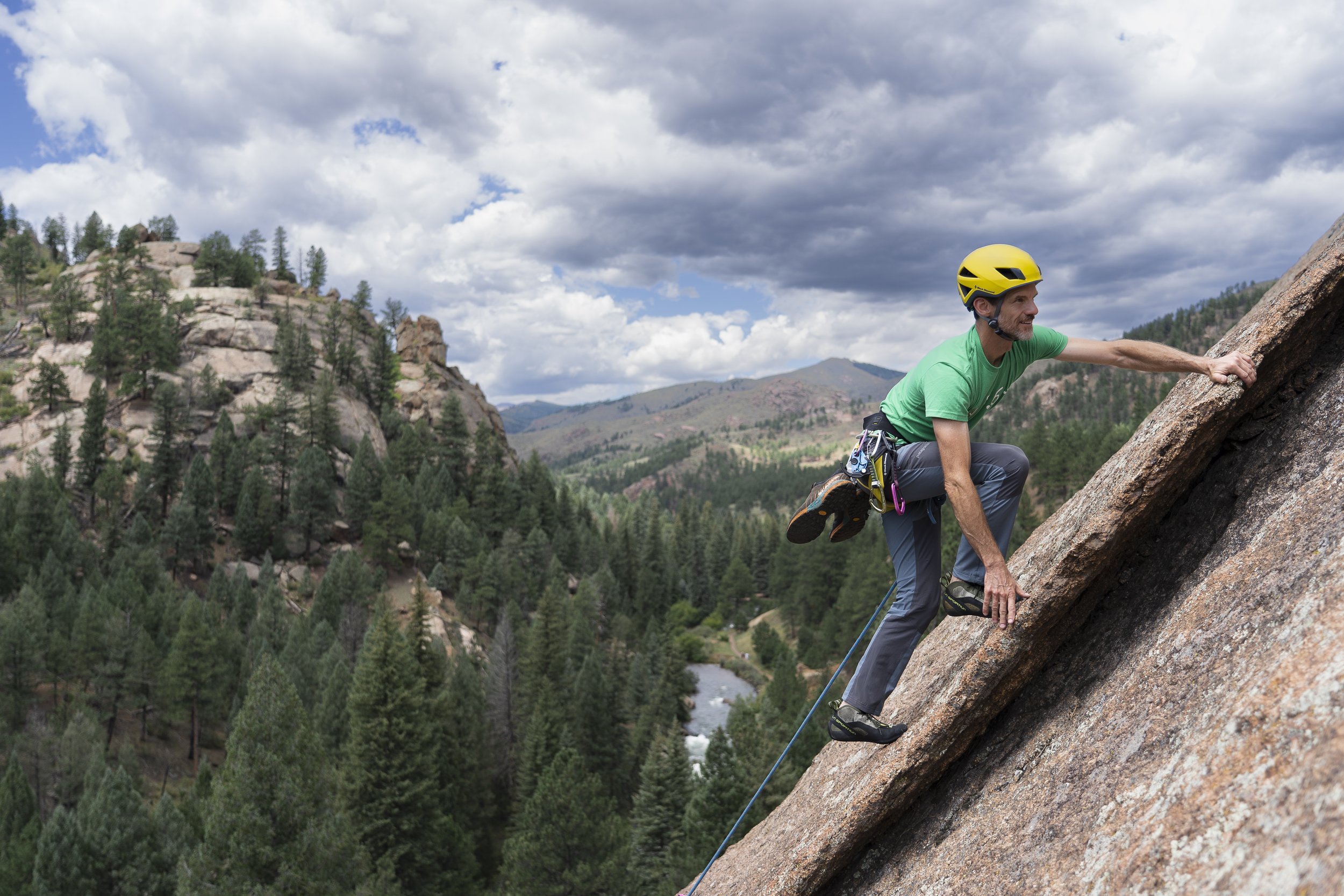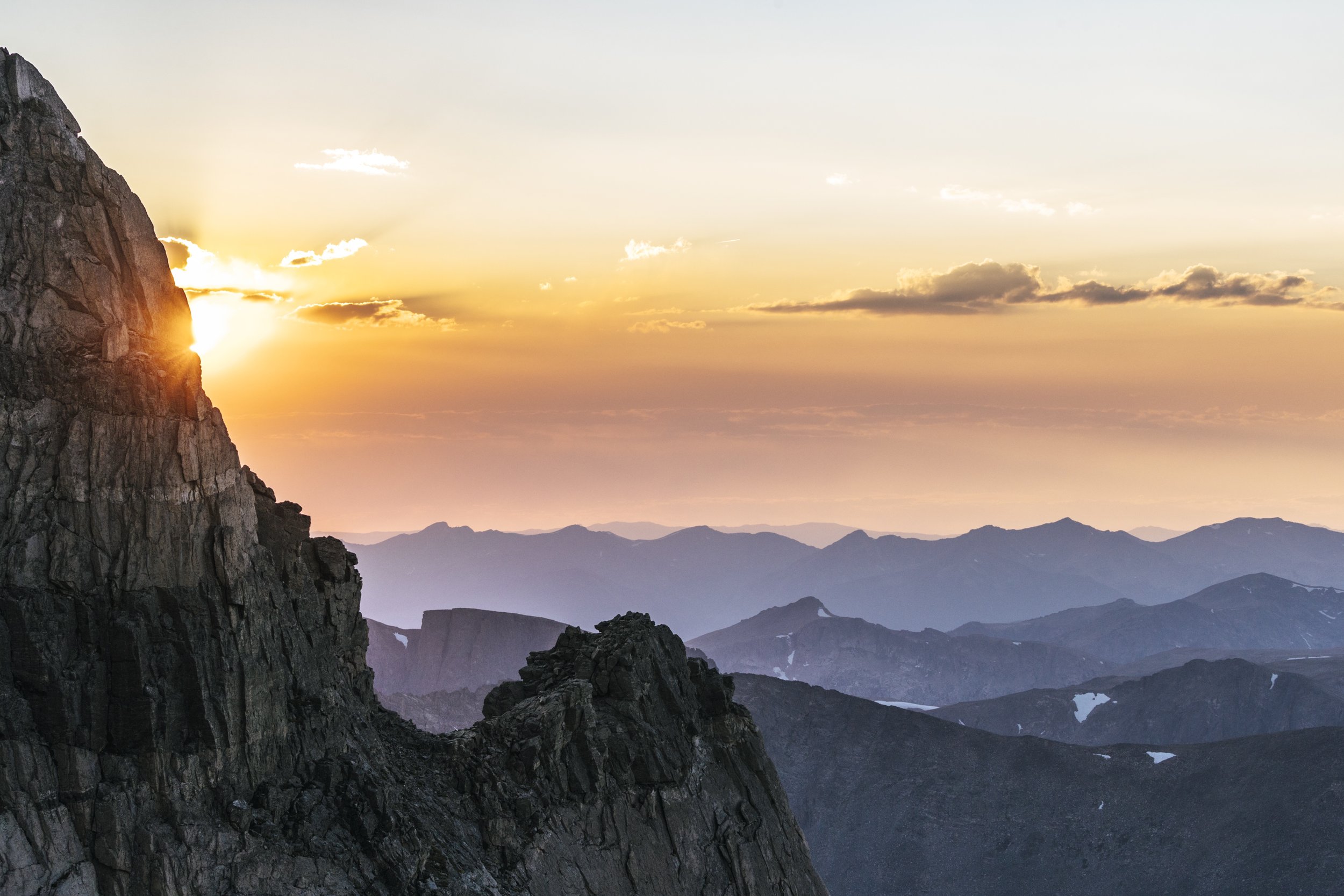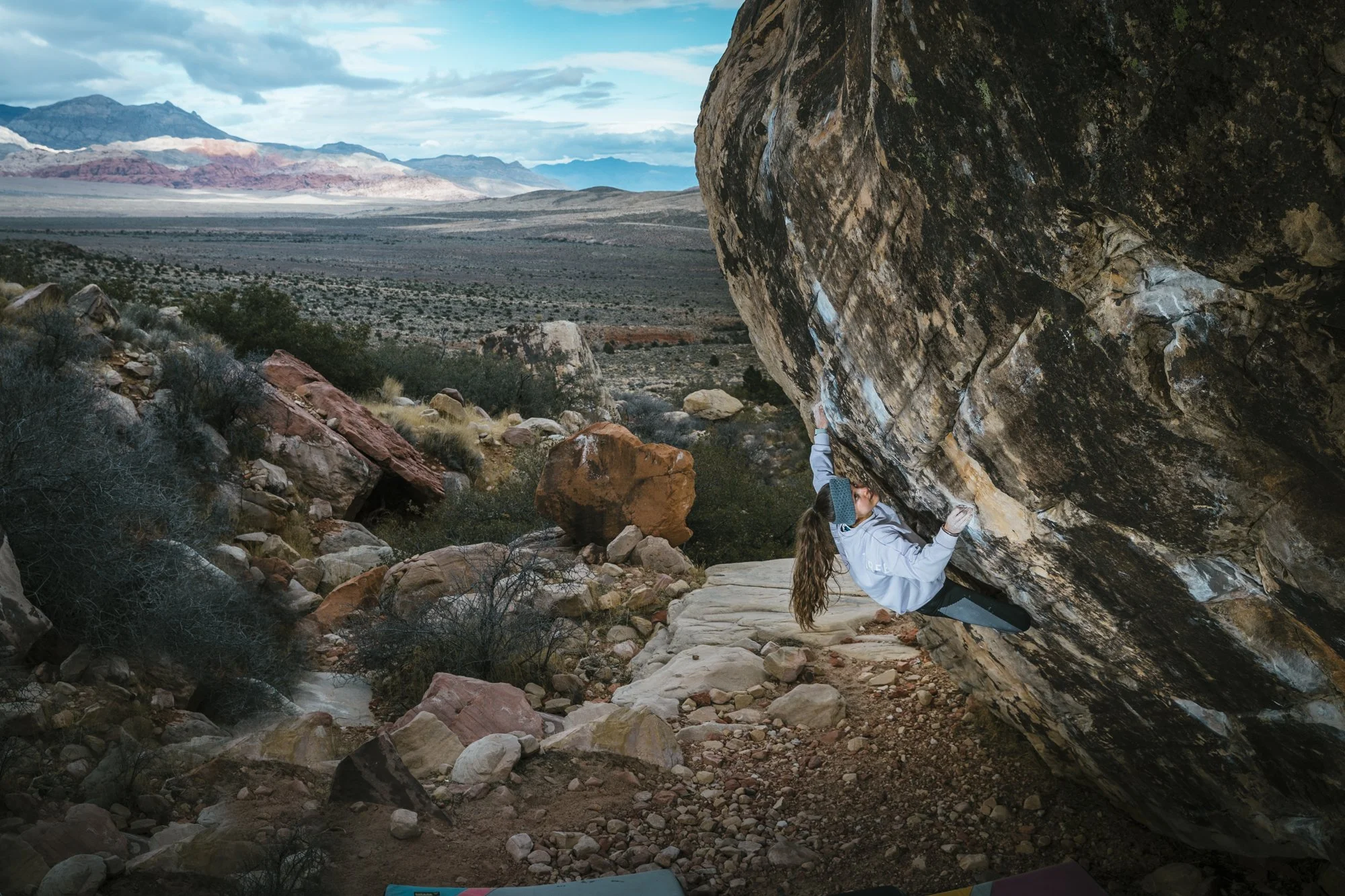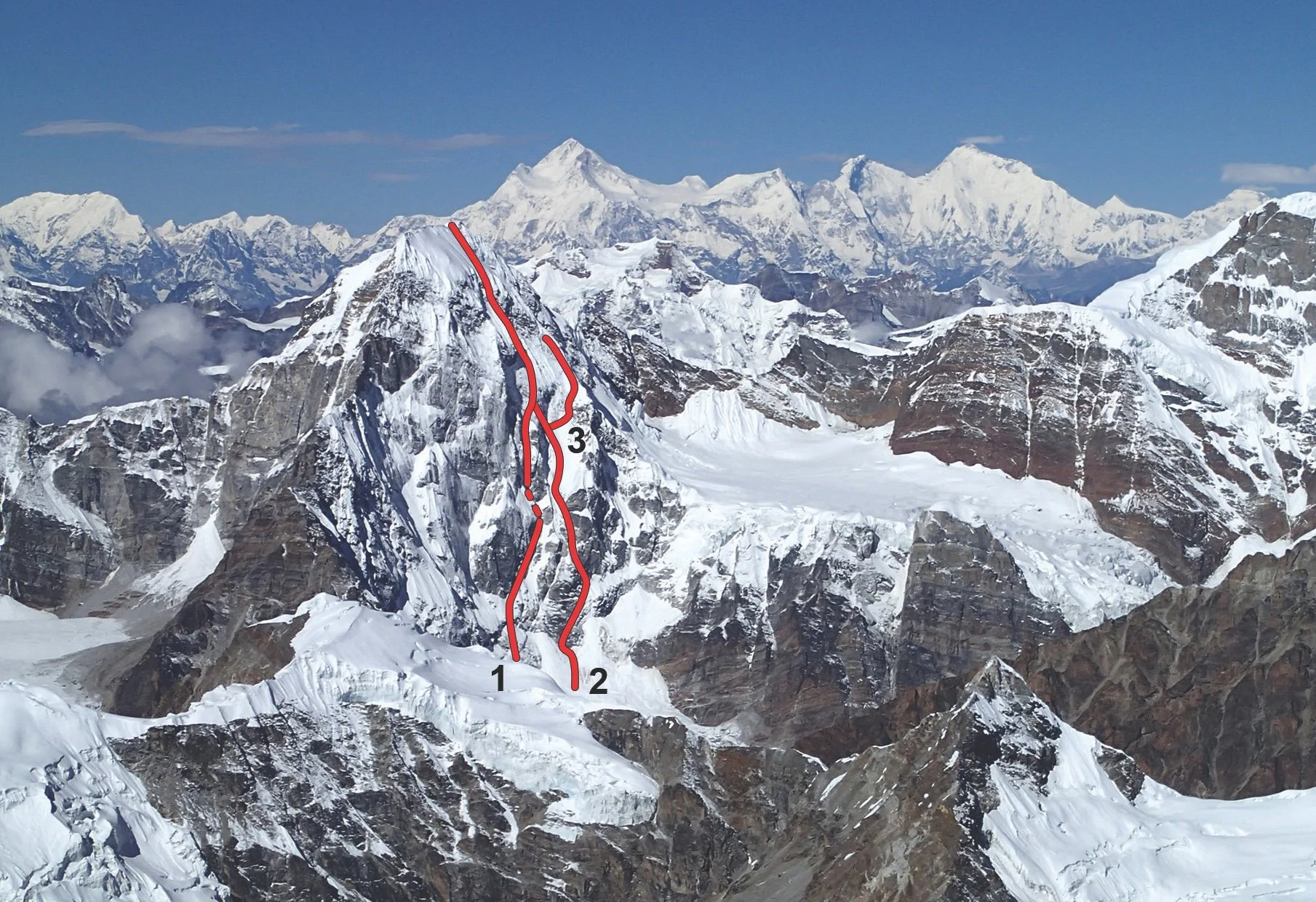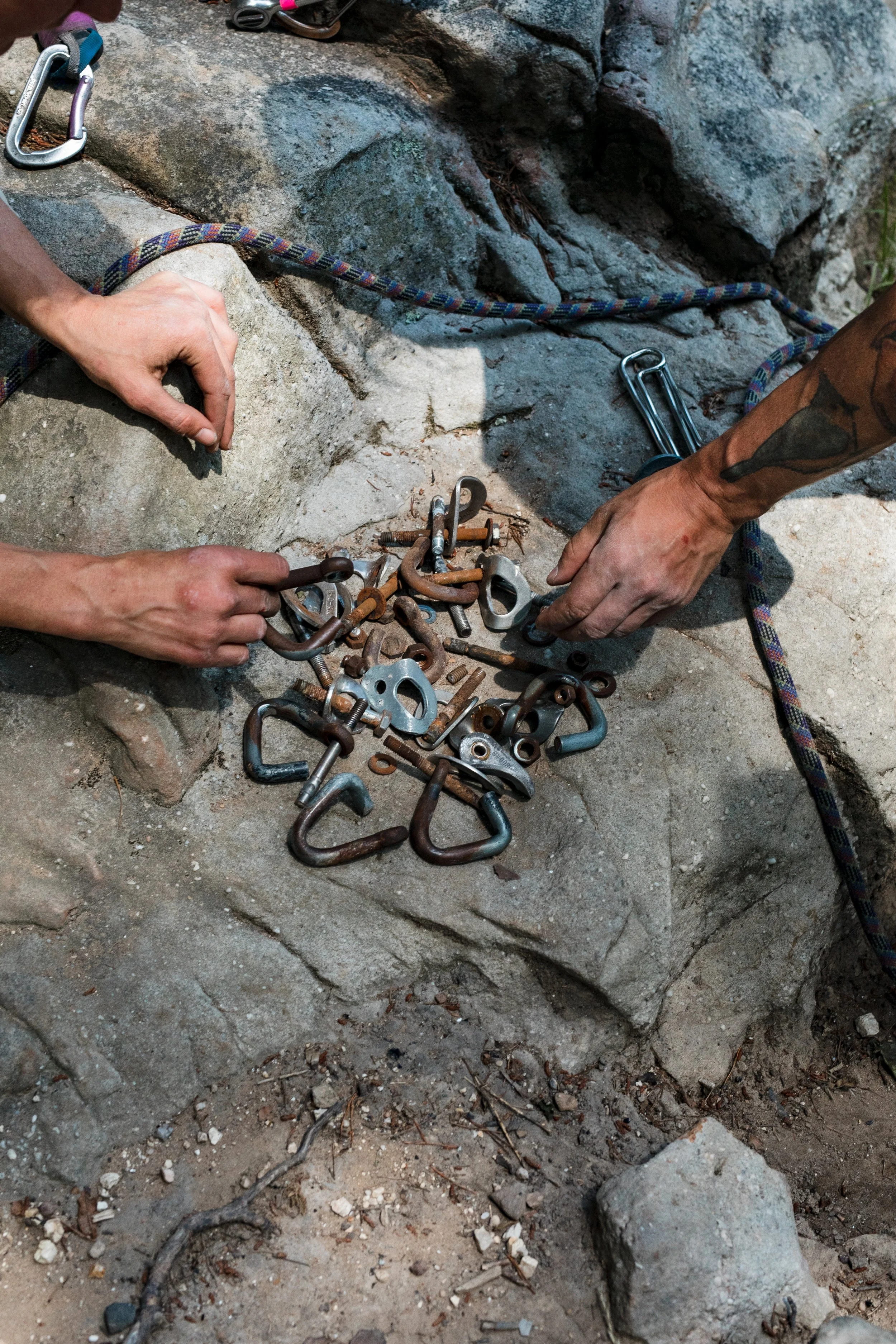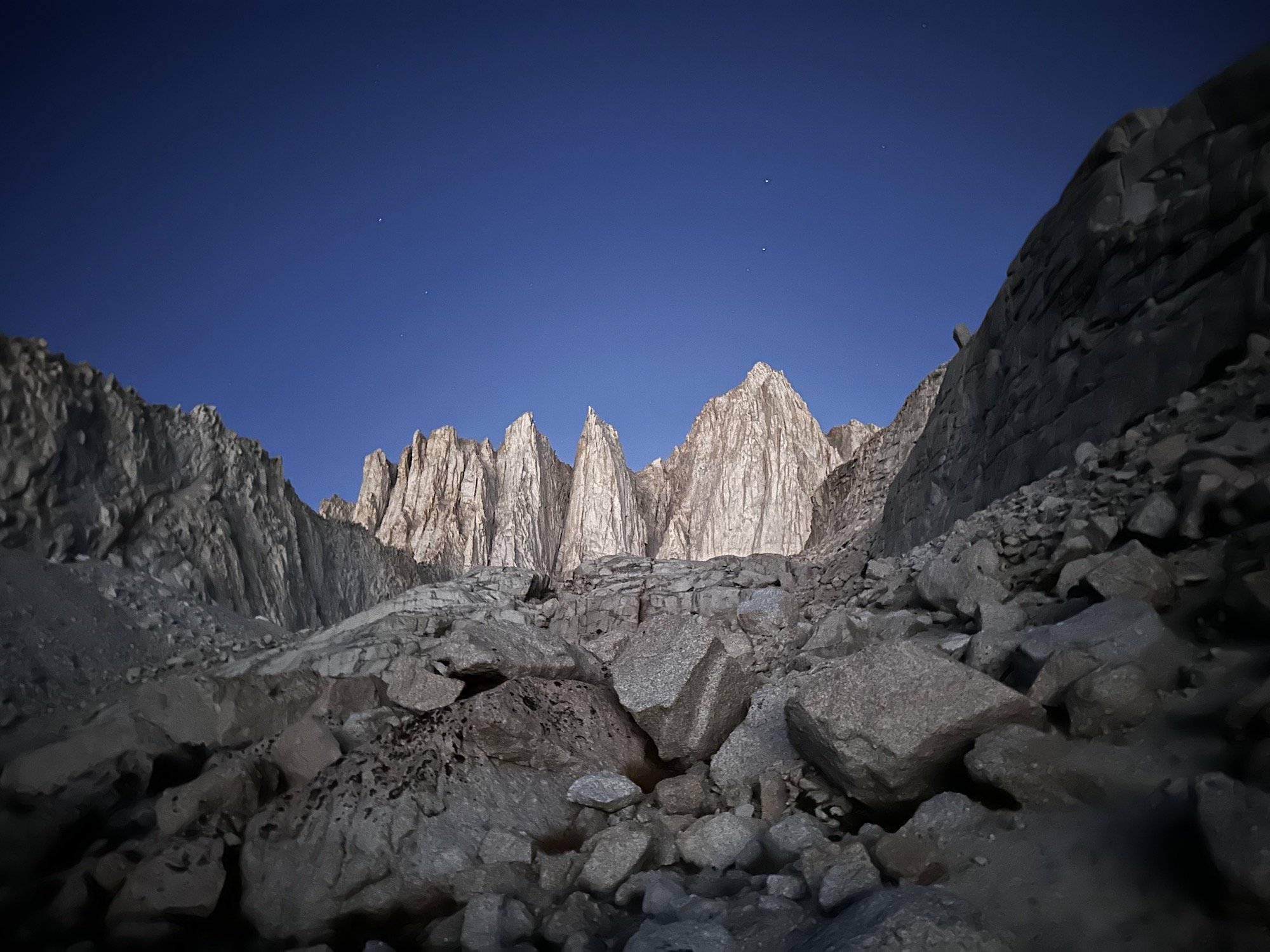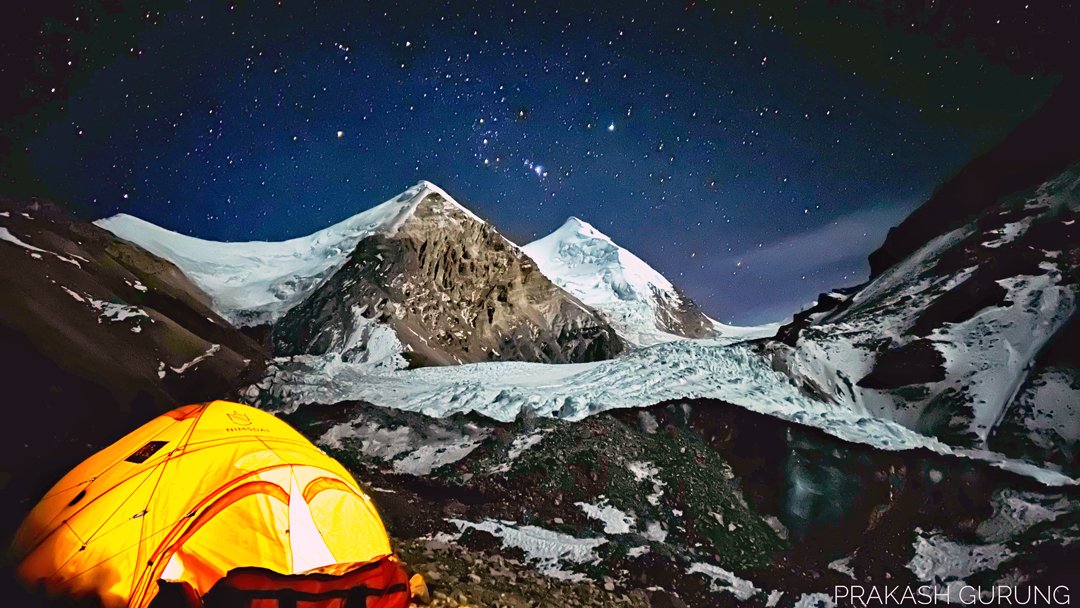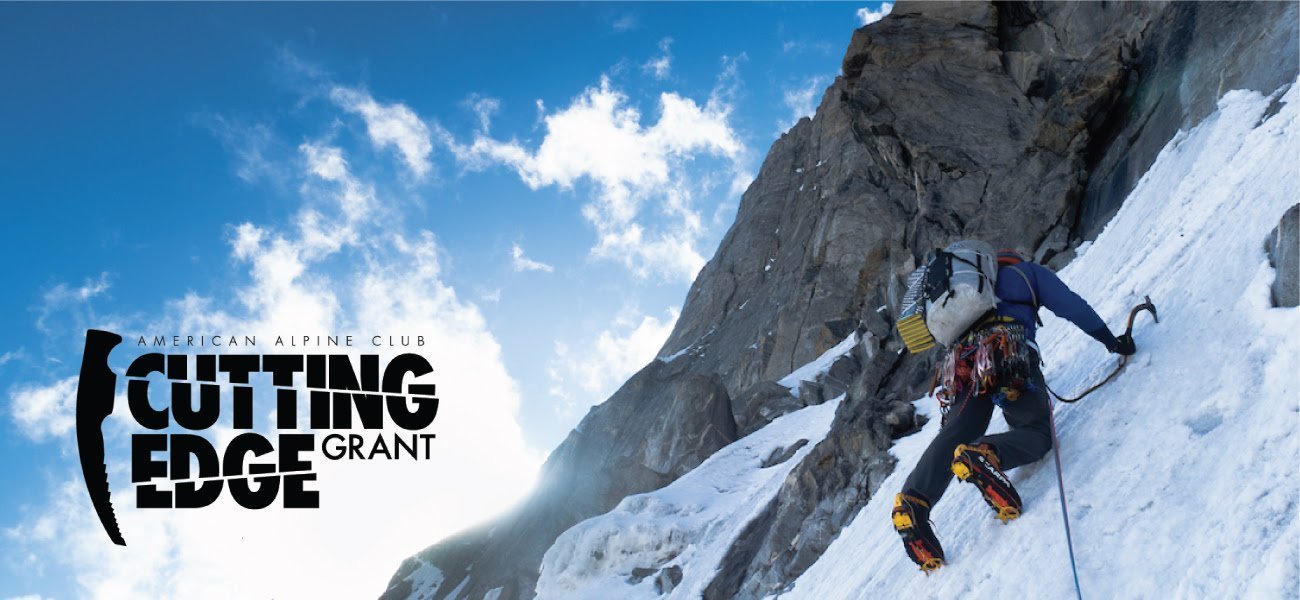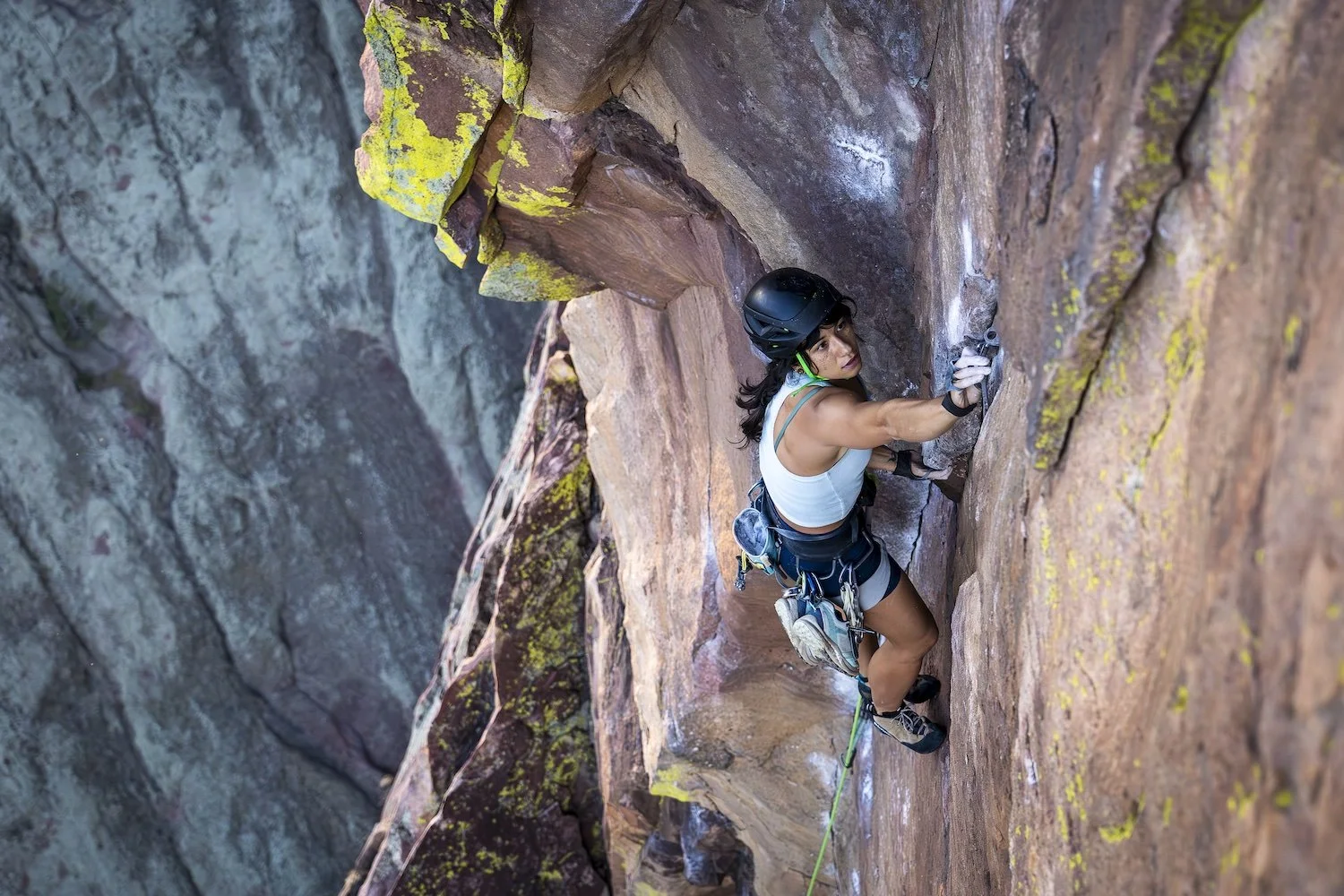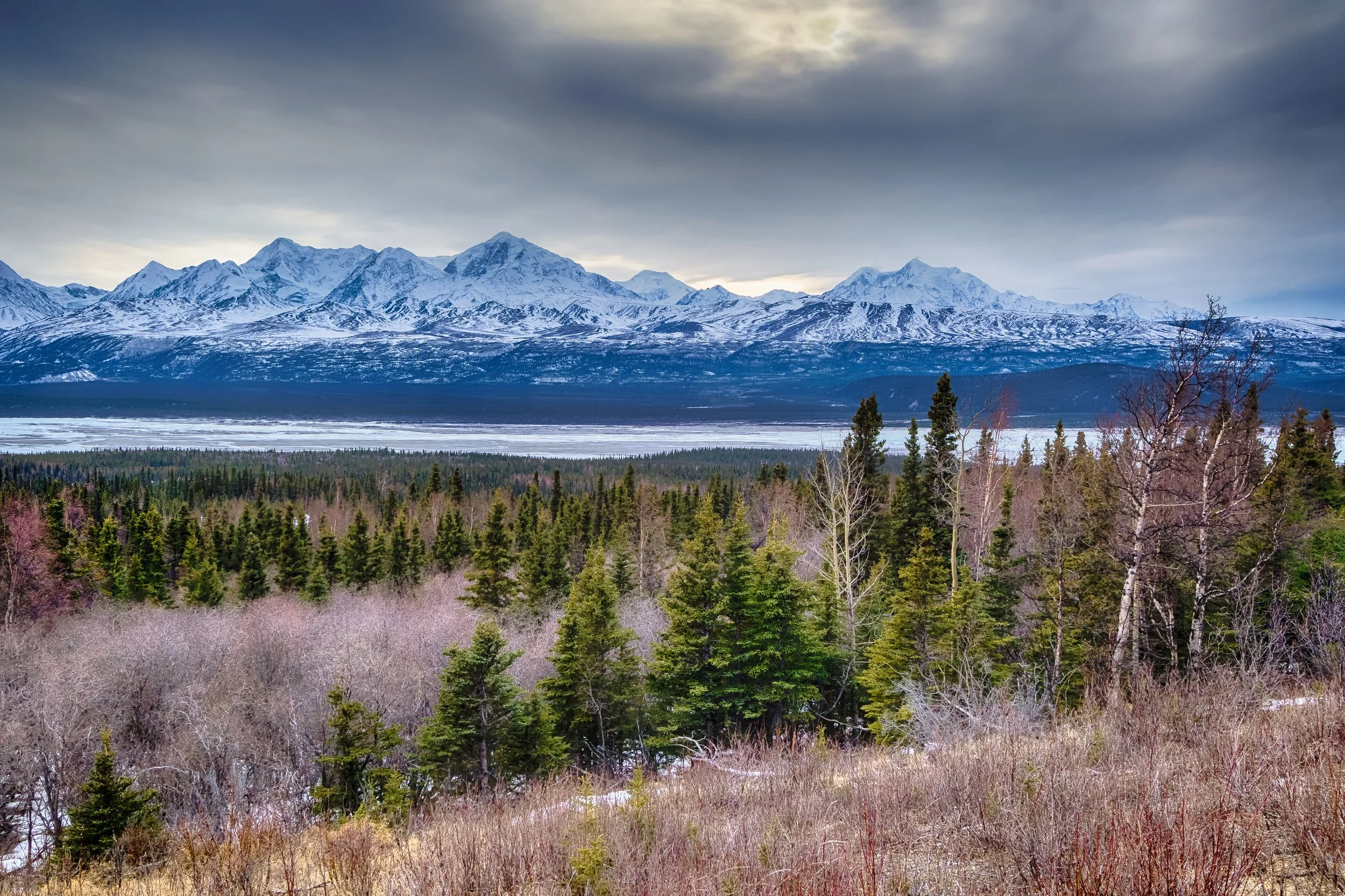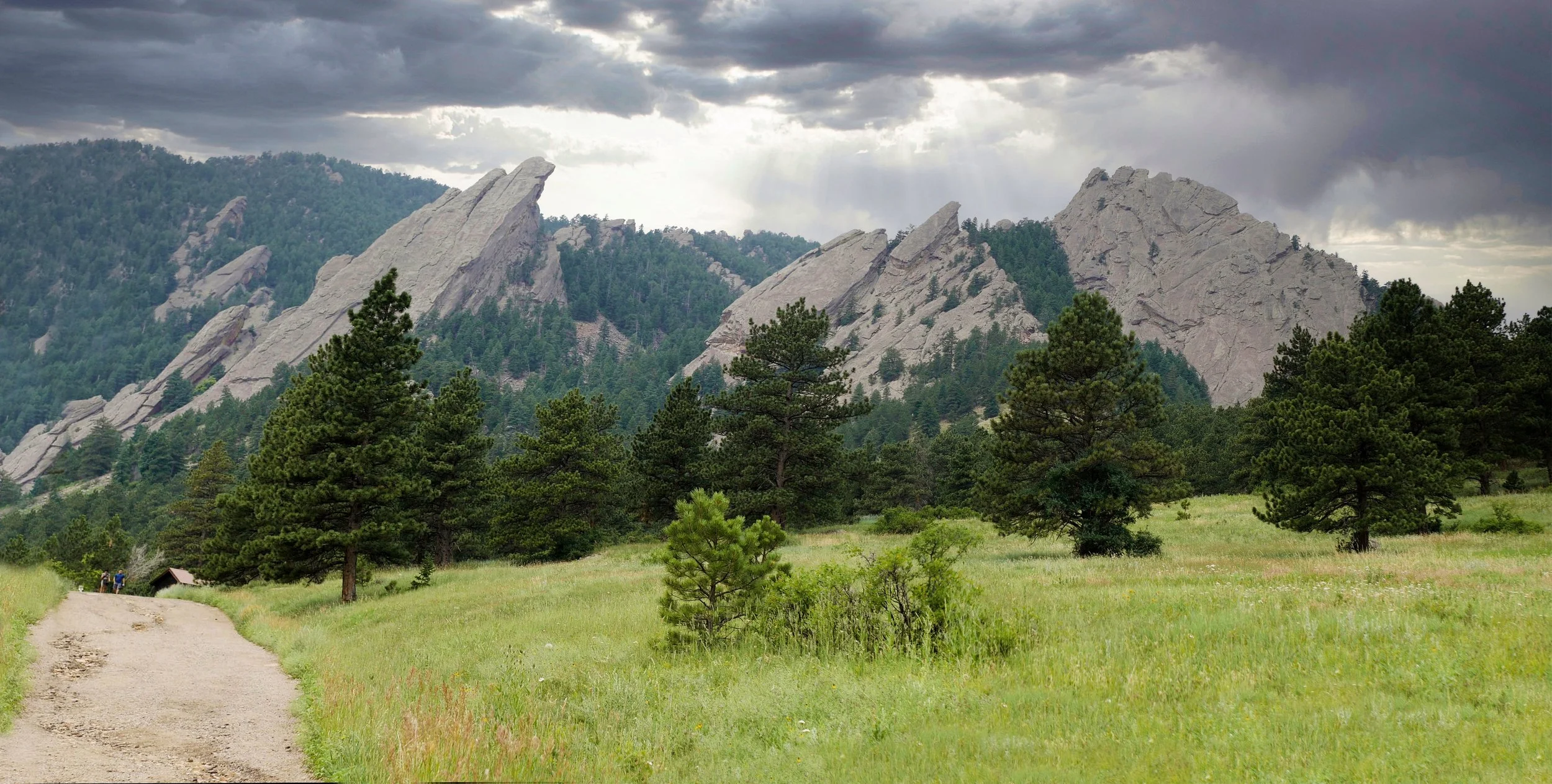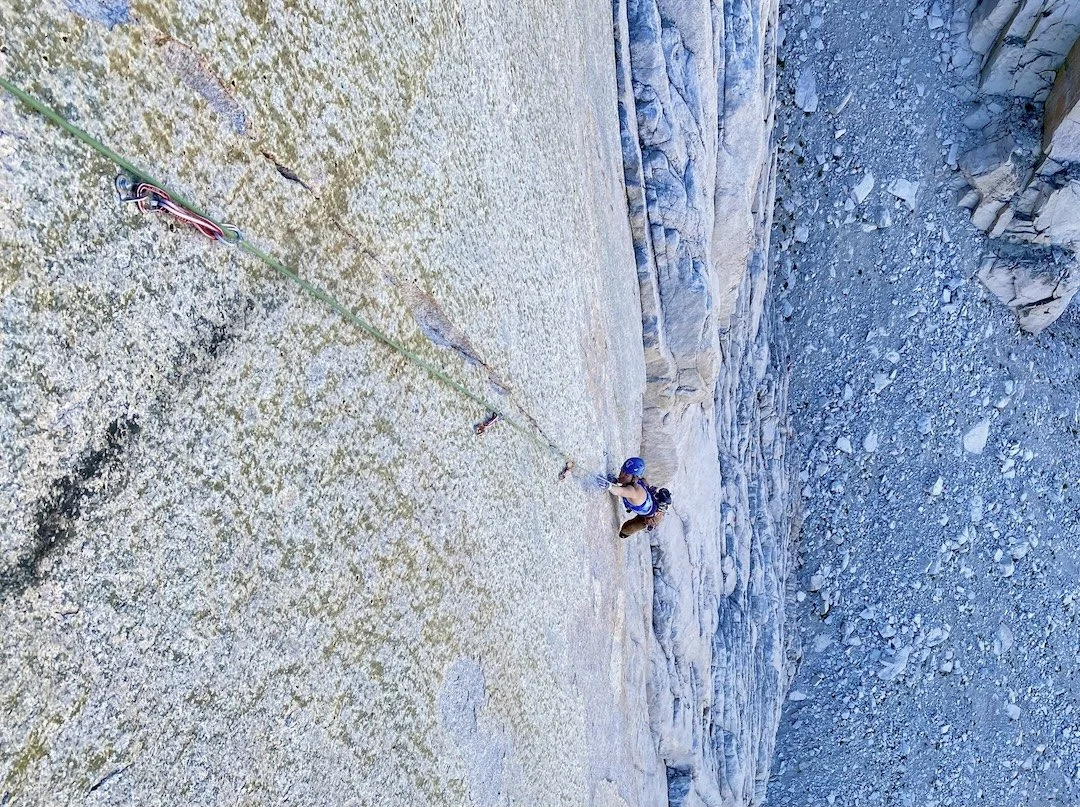
Tom Frost bivvying on El Cap. Photo by Royal Robbins, Courtesy of NACHA.
Tom Frost was one of the leading climbers of his generation, making important first ascents on El Cap, like the North America Wall and Salathé Wall. He was also a world-class alpinist and one of the main photographers who crafted a visual record of the Golden Age of Yosemite climbing, capturing the emotional imagery that would define a generation of climbers. Frost was at the forefront of defining clean climbing, often known for his enterprising and bold free climbing to avoid unnecessary bolting. He also engineered key climbing tools that we often take for granted today. In this interview with Tom Frost, we cover how he fell in with Royal Robbins, Chuck Pratt, Yvon Chouinard, and others; stories from his historic climbs; and how much he loved bivvying on the big walls of El Cap. Dive in to hear all this and more from this legend of climbing!
About the Legacy Series
A passion-project of AAC Past President Jim McCarthy and Tom Hornbein—themselves mountaineering legends by any standard—the American Alpine Club’s Legacy Series pays tribute to the visionary climbers who made the sport what it is today and stands as a commitment to securing their legacies.




